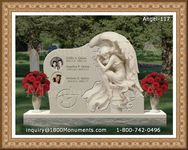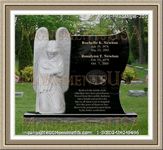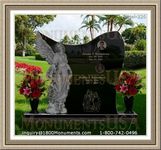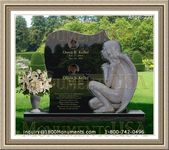|
Facts To Notice When Selecting Funeral Car Flags
The passing of a loved ones brings many small details that will need attending. One such situation is getting all mourners from the funerary service location to the place where the body will be interred. Certain protocols are in place to assist with this, including the use of specially designed funeral flags.
The parade of mourners following the remains of an individual from the location of services to the site of interment is known as a procession. In some cultures it consists of people walking and carrying the body to its final resting place, though more commonly it is a line of vehicles. The chain is led by the hearse with the deceased inside.
As the one being honored, the deceased is placed in the hearse, which takes the front position. The next place is held by the cars, frequently limousines, that carry the parents, spouse, significant other or children of the departed one. Immediate family will follow the limos and all others mourners will fall in behind them.
Though many times funerary processions are granted a police escort to ensure the group travels uninterrupted, additional methods may also be used. Banners, normally supplied by the Home handling the arrangements, are a traditional way to identify those included in the group. There are several different styles available.
One option is a wide banner that stretches across a vehicle's hood like a ribbon, stating the procession's purpose. Another choice is a pennant that flies from a plastic pole that is held in place by the window of the car's door. An alternate version of the flag is a style that uses a magnetic base to hold firmly to the automobile's roof or body.
Products of this type typically stand nearly a foot tall and use flexible staffs to prevent breakage from strong winds. The banners are usually about 6 x 9 inches which makes them easy to see. Color options may vary with some of the more common options being purple, white and orange, all with contrasting crosses centered on them.
|
|



























